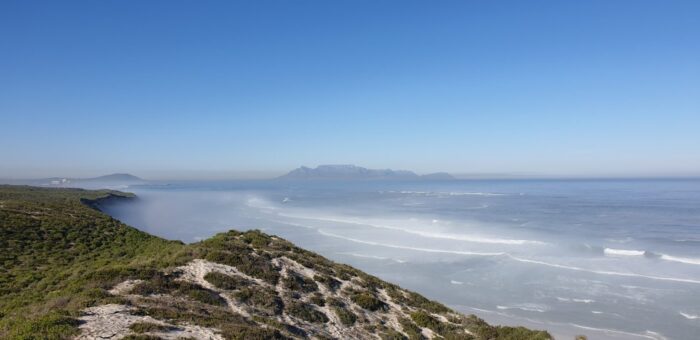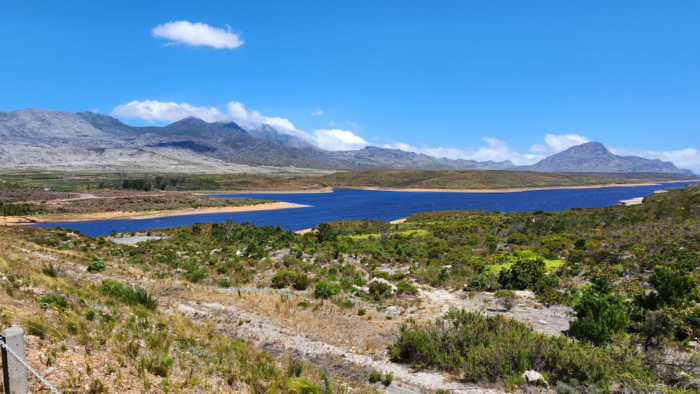Five basic techniques of well development have been studied and are the subject of this report. The purpose of the investigation was to provide a quantitative basis for evaluating the relative efficiency of respective development methods in gravel envelope wells. The techniques evaluated were:
- jetting
- line swabbing
- rocker beam swabbing
- single swab mounted on drill pipe with simultaneous injection below the swab
- double swabs mounted on drill pipe with injection between the swabs
The analyses assumed a completed well with a filter pack between the screen and aquifer. The primary goal of studies performed was determination of the direction and magnitude of the flow velocity field at the pack/formation interface. Evaluation of this flow velocity distribution gave clear indication of the ability of the development technique to clean drilling debris and wall cake from the formation.
Results of the study indicated that both swabbing and jetting can be effective development methods for gravel envelope wells. Swabbing methods involving pumping appeared to offer even further benefits. The efficiency of jetting techniques was found to be conditional on use of a filter pack size distribution that would enable filter particle circulation to develop. In the absence of this circulation, jetting would likely be of limited use.
To read more about this click here.









